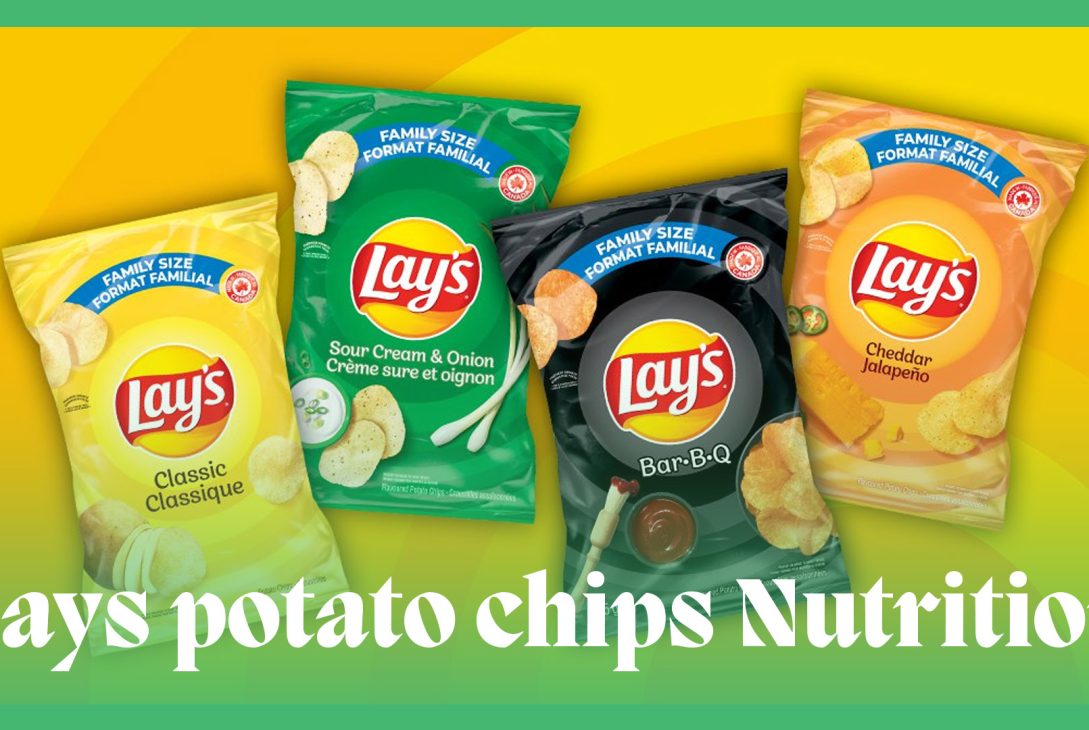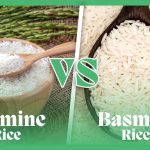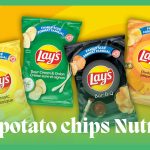It’s a movie night with your favorite group of friends; you settle down on the couch and spot a flashy pack of lays potato chips; you grab the pack, open it, and put a chip in your mouth. As you savor the crunch of this spicy and salty snack, you wonder what the science beyond its flavor is.
So, let’s dive into the universe of aisles filled with shiny packs of lay’s, and unravel the nutritional secrets of this ever-popular snack.
History:
Lay’s is the name of the brand that sells potato chips, owned by PepsiCo. It all started in 1932 when a salesman named Herman W. Lay began a small business in Nashville, Tennessee where he sold the potato chips from the trunk of his car made by a company in Atlanta, Georgia. He bought the company six years later and named it H. W. Lay & Company.
A few years later in 1944, Herman changed the company to Lay’s Potato Chips, and from there, it became the first snack company to advertise on television. Lays began to take over the world in 1962 when the company moved to Canada and won their hearts in 1972 as it became the preferred potato chip.
Today lay’s comes in 22 different flavors sold in 200 countries, and the company has introduced more varieties such as regular, wavy, and kettle-cooked chips.

Manufacturing process:
Did you know that about 40% of the snack consumption in America comes from potato chips, beating pretzels?
Stephen Chahanovich, material coordinator at the Killingly Frito-lay factory states, “We can make 14000 pounds of potato chips every hour.” That is a huge number and shows how popular they are.
Let’s talk about the production process of this crispy, salty, and widely popular snack.

Raw materials:
As the name suggests, the raw material of the lay’s potato chips is none other than Potatoes. About 4 billion pounds of potatoes yearly are needed to fill the aisles of grocery stores from Shiny Lays packs. In summer, the potatoes are harvested fresh and in winter, they are kept between 40-45 °F. The size and type of potatoes are also important, as 100 lbs of raw white potatoes produce 25 lbs of chips.
Cleaning:
Upon arrival, the potatoes undergo an examination for blemishes and green edges at the plant. They are poked holes into to check during the cooking time as they move along the conveyor belt. If the defective potatoes weigh more than the company’s preset allowance, the whole truckload of potatoes is sent back.
Destining and peeling:
The raw potatoes are loaded into the vertical conveyor, where the stones present fall to the bottom while the potatoes are pushed to a conveyor belt for peeling. After peeling, they go through a cold water wash.
Cutting:
The potatoes are then passed through a revolving impale that cuts them into thin slices. After slicing, the potatoes undergo a second wash to remove the starch.
Color treatment:
To enhance the color of the potatoes, they are submerged in the solution with adjusted pH, hardness, and mineral content.
Frying:
The potatoes are then thrown in corn oil, corn seed oil, or vegetable oil at 350-375°F to fry. They are then tossed in a large, rocket-shaped barrel full of seasoning that is rotated and shaken for the seasoning to coat all the chips evenly.
Cooling and sorting:
After frying and seasoning, a mesh wire belt pushes the hot chips out to drain the excess oil and let the chips cool down. At this point, any burned slices of chips are removed.
Packaging:
The chips are passed through a packaging machine, where they are examined once again for any foreign particles. The empty chip bag flows down; the control unit orders the machine to release a set amount of chips into the bag. The bag is filled with air most commonly nitrogen to prevent the breaking of the chips, and the packages are sealed.
Nutritional composition:
1 oz of potato chips contains 28 g of chips and provides 160 calories. It incorporates 15 g of carbohydrates, 2g of proteins, and 9.9 g of fats (saturated fats 4.499 g). Lays chips are moderate in sodium and contain up to 150 g of sugar fulfilling 7% of the daily value of salt. They also contain some fiber, vitamin C, and iron.
| Nutrients (1 onz) | Amount |
|---|---|
| Calories | 160 kcal |
| Carbohydrates | 15 g |
| Proteins | 2g |
| Fats | 9.99 g |
| Fiber | 0.99 g |
| Sodium | 149.9 mg |
| Iron | 0.36 mg |
| Cholesterol | 0 mg |
Are they healthy?
Potato chips are generally not considered healthy; they offer little to no nutritional value and are high in carbs and fats, but they have their positive sides. Lays claim to have no additives and preservatives. As mentioned earlier, an ounce of chips contains 0 cholesterol, fiber, and even vitamin C that fulfills a daily value of 7%. The saturated fat content is moderate in these chips and high in unsaturated and polyunsaturated fats with no Trans fats. The sodium content of these chips is moderate, as according to the FDA, 10 percent DV is considered high.
But their processed vegetable oil, high calories, added sugar, low nutrient content, and other processed ingredients do not make a healthy snacking option. Let’s discuss all the factors that show lays are not healthy:
Weight gain:
Lays are calorie-dense but not nutrient-dense snacks, so one needs to eat a lot of these to fill their stomach which leads to the opposite of weight loss; weight gain.
Moreover, Lays contain processed and high-calorie ingredients such as vegetable oil and are low in fiber i.e. one gram of fiber in a pack of chips is way less to fulfill the DV.
Consuming them in moderation in your weight loss plan is acceptable.
High carbs:
The main ingredient of Lay’s chips is potatoes, which are high in carbohydrates. About 38% of calories from a serving of these savory snacks come from carbs, as one serving provides 15 g; so they are high carb.
They might be low in sugar, but certain flavors contain additional sugar.
Low fiber:
Fiber is one of the most essential nutrients in our diet; however, hardly anyone gets enough.
Asking for the amount of fiber in a snack sounds ridiculous, but since we are talking about it, an ounce of lays provides only 1 gram of fiber, which is way less than the recommended daily allowance for an adult.
High fats:
There do exist some baked lays the majority are fried in corn oil, canola oil, vegetable oil, and soybean oil that add extra and empty calories to the snack. Though the fats mainly come from unsaturated ones, the saturated fat content inlays makes them unhealthy.
High in sodium:
The American Heart Association recommends a daily intake of 2300mg of sodium and aims to bring it down to 1500 mg. If you check the amount of sodium in a pack of chips (149.9mg), it is moderate than the cut-off amount, but regular consumption of your favorite pack of lays will not do you any good and may cause high blood pressure. If you still cannot keep your hands off of lays, try to opt for the lightly salted flavor that has about 65 mg of sodium per serving.
Addiction:
Did you know that the “crunch” of these potato chips causes addiction? A study found that the more crunch a snack has, the fresher it seems and the more addiction it causes. Another study discovered that people are more likely to buy and consume the chip that has “crunchy” written on its packet.
Salt, an ingredient found in every snack, may also cause addiction as salt triggers brain receptors that bring a sense of pleasure.
So, beware! The chips you are eating can lead to serious addiction.
Cancer-causing:
While occasional munching on your favorite snacks is fine, regular consumption of potato chips is associated with an increased risk of cancer, especially colon cancer. A study conducted on mice confirmed that potato chips possess a compound acrylamide produced when high-starch foods are fried, baked, or roasted (1).
Risk of non-communicable diseases:
Lays are highly processed snacks deep-fried in vegetable oils. Studies show that consumption of ultra-processed vegetable oils may increase the risk of cardiovascular diseases, hypertension, cancer, type 2 diabetes, obesity, cancer and asthma (2).
The saying “moderation is the key” applies to consuming snacks and fast foods. Eating lay’s in moderation alongside a healthy diet will not have an immense effect on your diet overall but, regular consumption of huge servings of this crunchy snack with a poor overall diet and less exercise may bring some adverse consequences to your health.









